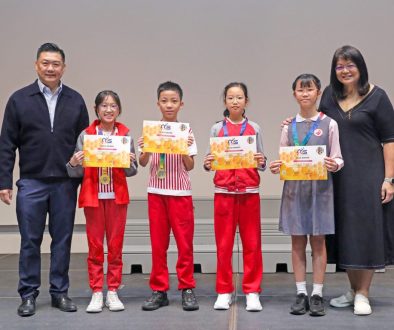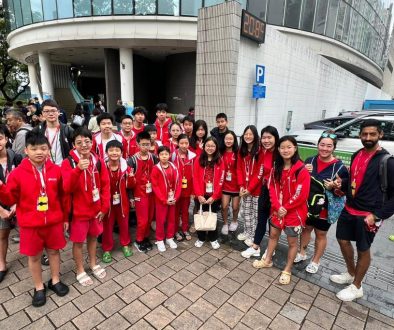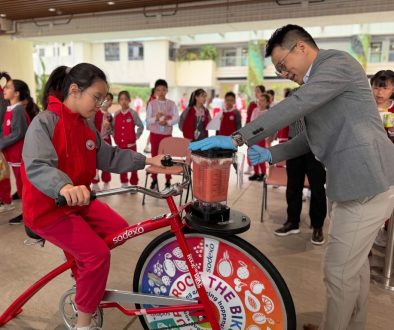Social Studies Learning Journey to “The Hong Kong Museum of History”
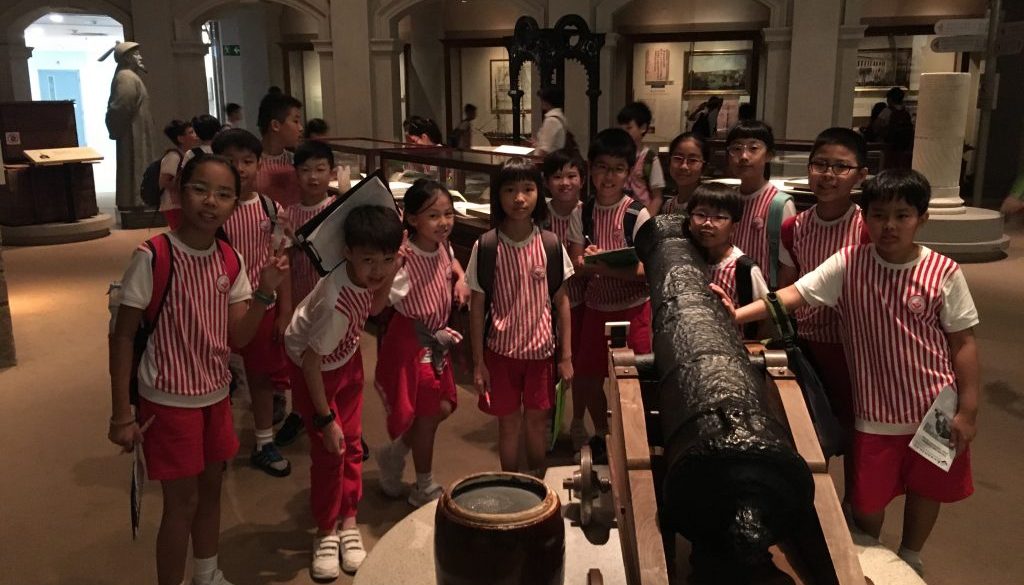
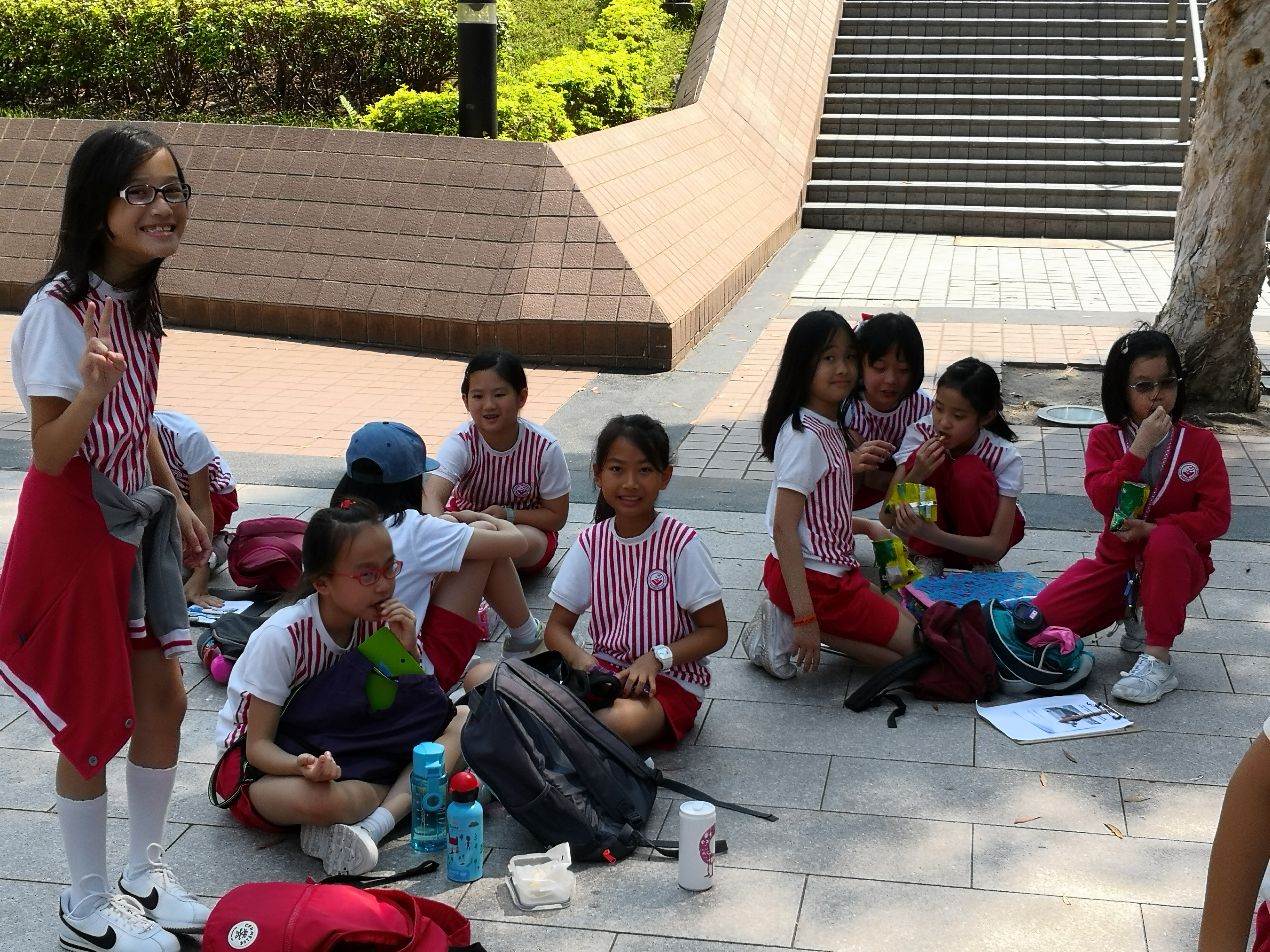
During the 2nd semester, the P4s have been learning about the History of Hong Kong in Social Studies. They started out looking at a brief study of the Chinese Dynasties with their major accomplishments, before moving on to the Opium Wars and how Hong Kong became a British Colony. From there, the students looked at the lead up to and subsequent Japanese Occupation of Hong Kong, culminating in a visit to the Hong Kong Museum of History.
It is important to note that throughout the semester, the students have kept in mind essential questions, like: “How is life in Hong Kong today shaped by what happened in the past?” and “How are the contributions of the early settlers reflected in Hong Kong today?” What political, economic and social issues took place leading up to and during the Japanese Occupation of Hong Kong was also a topical question that students had to grapple with as they worked on these lessons.
On the day of the Hong Kong History Museum visit, students were paired up and each pair was issued a booklet with questions related to artefacts and events on the History of Hong Kong. Everything they saw at the museum was connected with what the students had learnt in class, so it was both a practical and meaningful experience for them. They had to spend about 20 minutes in each of the 4 galleries they visited. They watched videos, did sketches, and wrote short and long answers to questions. The Hong Kong Museum of History visit was definitely an educational and fruitful one.
by Mr Kristan Kneale
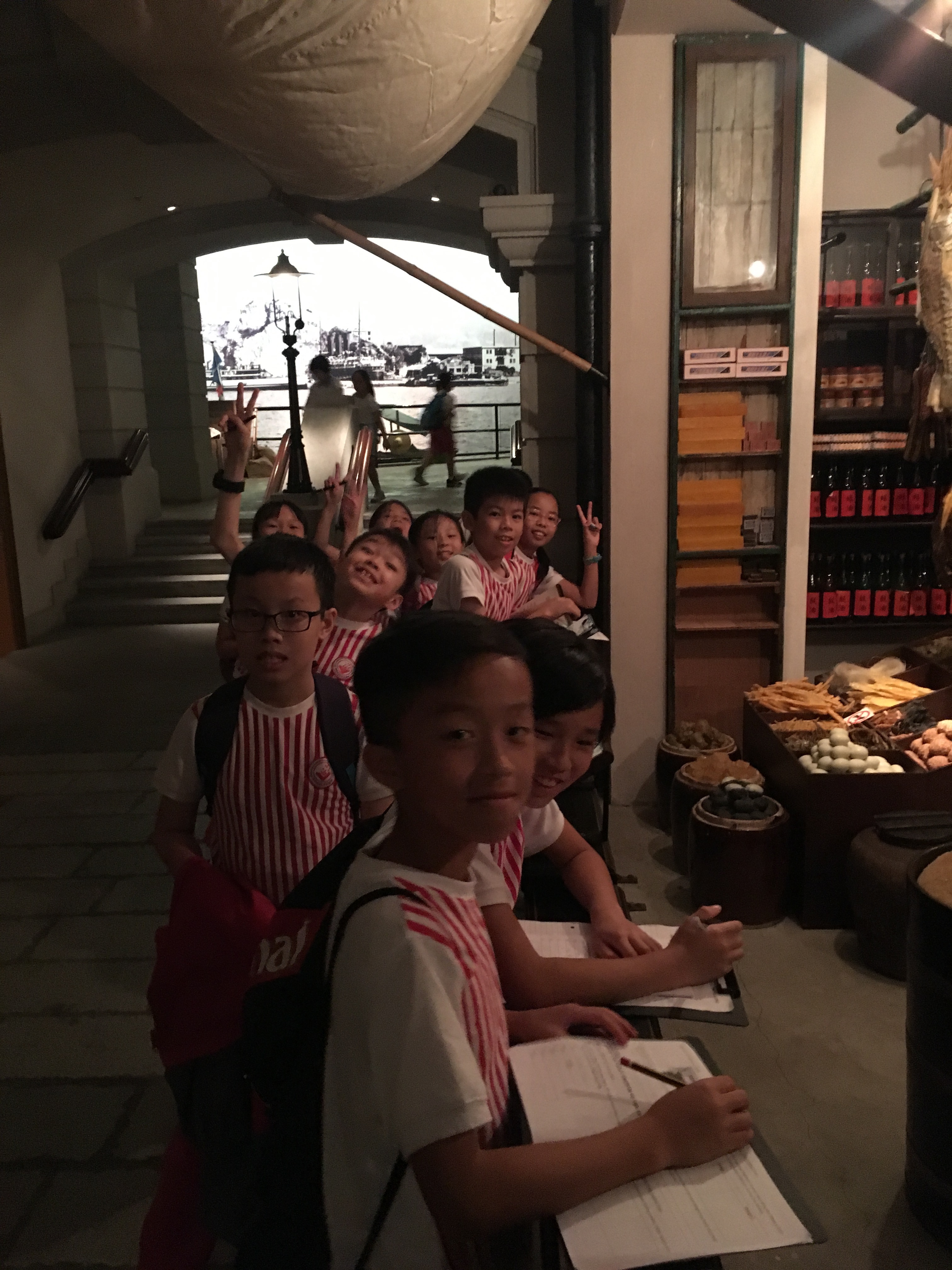
My parents taught me about their childhood and told me briefly about Singapore’s and Hong Kong’s past. They shared with me about the hardship of our ancestors, and how poor people got on during that time. They explained to me how people worked hard to survive and how resilience helped pull them through difficult times.
Today, I had the privilege of visiting The Hong Kong Museum of History as part of our social studies curriculum. Through this learning journey, I was able to gain a deeper understanding of how difficult our ancestors’ lives were, and to relate what we had learnt in class this semester during our exploration of Galleries 5, 6, 7 and 8, commencing with the Opium Wars, at the museum. I was impressed by how the entire history and development of Hong Kong has been researched, collected and preserved in the 8 galleries. In one of the galleries, cramped living quarters were exhibited with seven people needing to squeeze into a room of 15 square meters. Compared to living quarters now, on average 60-150 square meters, we are so much luckier than they.
We should learn to be more appreciative of the legacy that our ancestors left for us and not to take things for granted. Another man whom I admired most at the museum was Lin Zexu, a Chinese scholar-official during the Qing Dynasty, best known for his role in the First Opium War of 1839-42. His high moral standards and courage greatly impressed me as he banned and burnt 20 crates of opium traded by the British. Without him achieving this, I believe that this opium could have taken a lot more lives and may have led to even more widespread illegal recreational use in China.
by Cody Wang, P4K
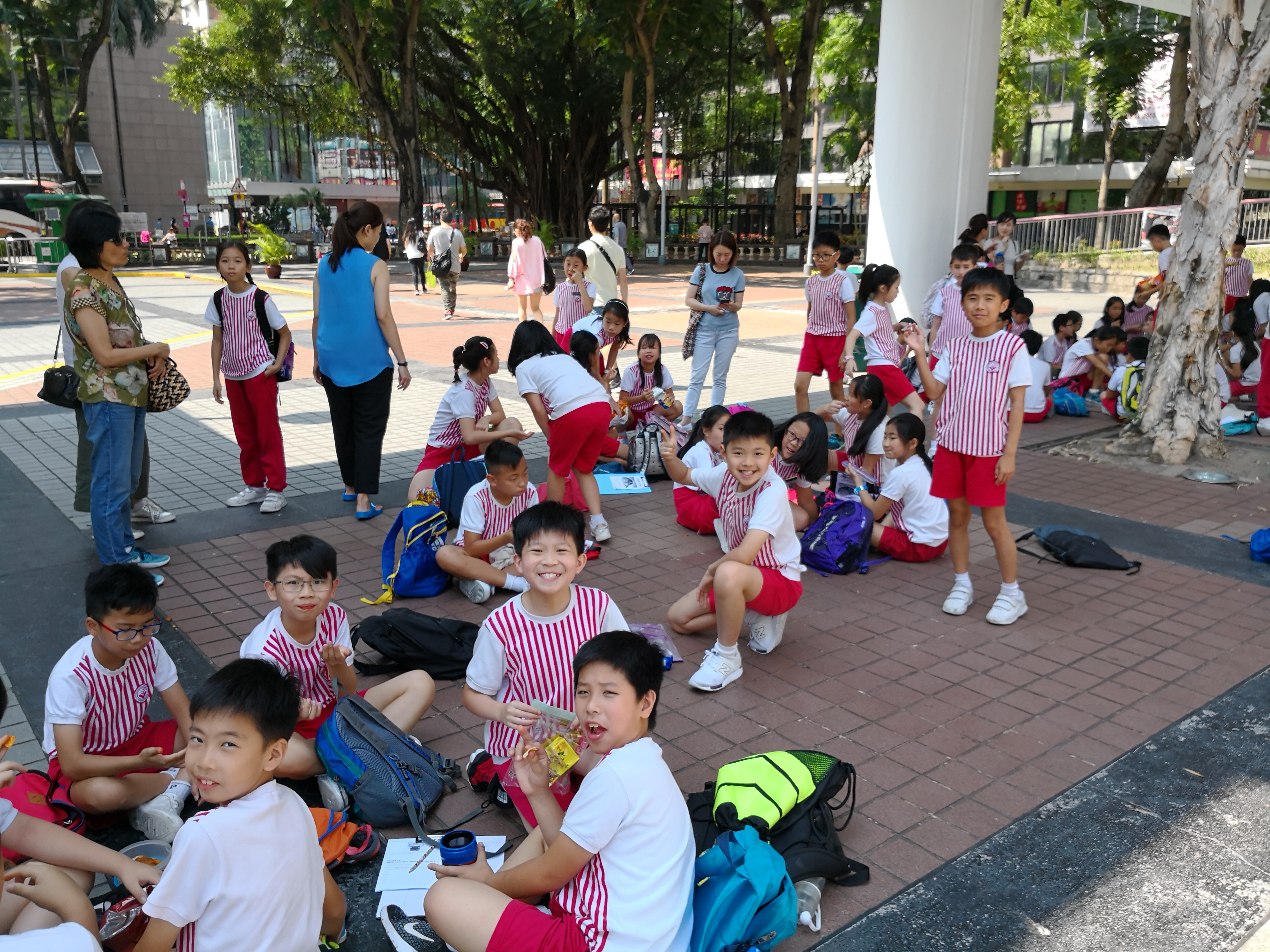
On Wednesday, 23 May, the P4 teachers, P4 classes and parent helpers went to the Hong Kong Museum of History for our Social Studies Learning Journey. I was excited to see artifacts and photos of Hong Kong’s history first hand and learn what life was like during those times.
At the museum, our teachers started off our tour at Gallery 5. We were greeted at the entrance by a statue of Lin Zexu, an important government official who vowed to stop opium trading in China. It was interesting to learn that opium was used as a painkiller in China as well as being a recreational drug. Besides the statue, there were signposts explaining the Opium War and fake chests of opium that we could look closely at. We also got to watch a video about Macau and I learnt that the Portuguese were the first foreign traders that settled in Macau. It was interesting to see historical video footages of the events that we had talked about in class.
My favourite exhibit was in Gallery 6. It looked just like a street full of shops from many years ago. It had a grocery shop showing all the things they used to sell in Hong Kong. We had to answer some questions in our booklet by reading the signposts and looking at the shops carefully. I was especially interested to see the old banknotes they used to use.
In Gallery 7, we got a close-up look of the Japanese military notes that Hong Kong people had to use during the Japanese Occupation era. I found it interesting that they didn’t have any serial numbers on them and wondered what the reason for that was. Before long, we were being called back to meet up and go back to school. I really enjoyed learning about Hong Kong’s history with my friends and seeing historical artifacts. I look forward to more learning journeys!
by Belinda Guo (4C)

